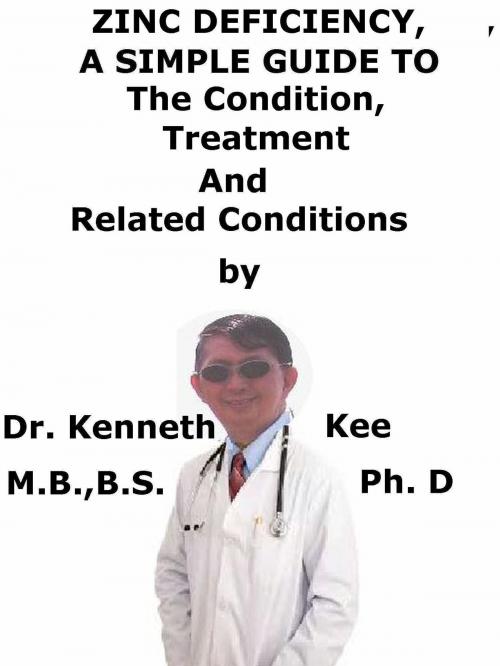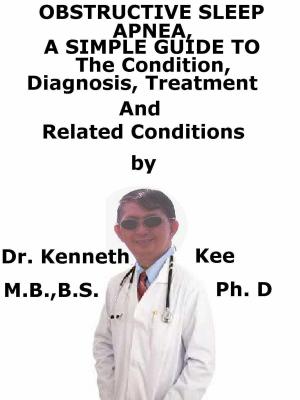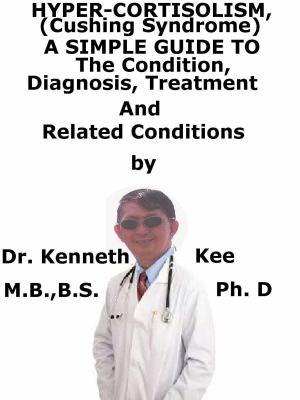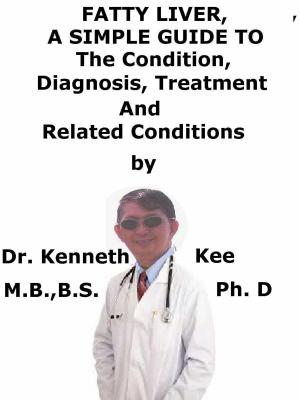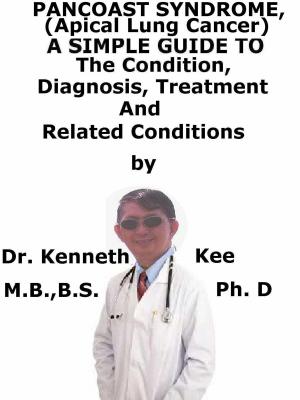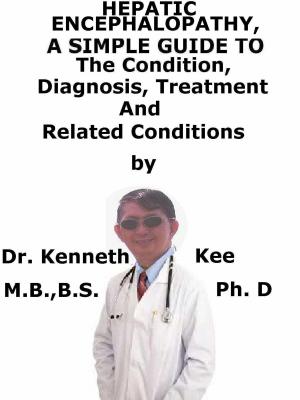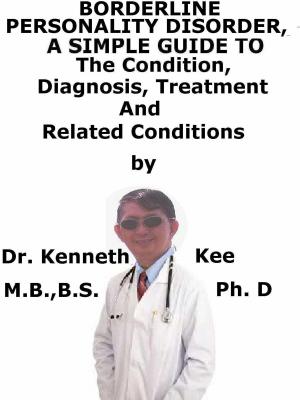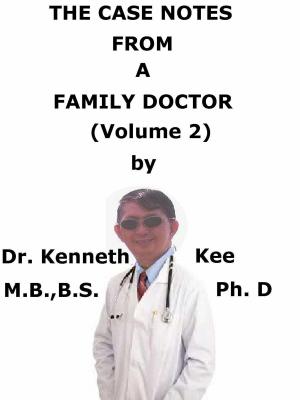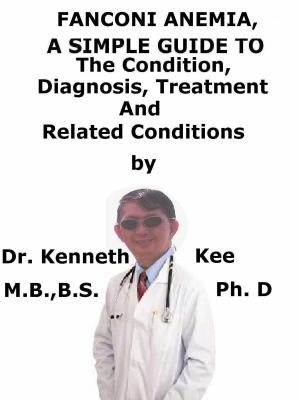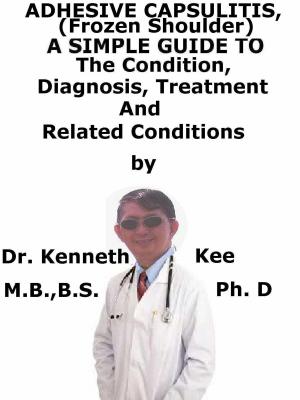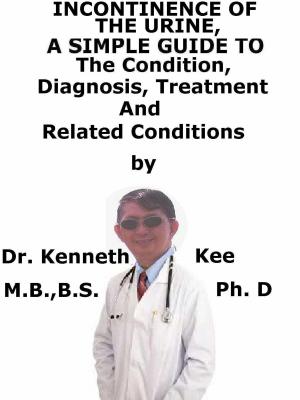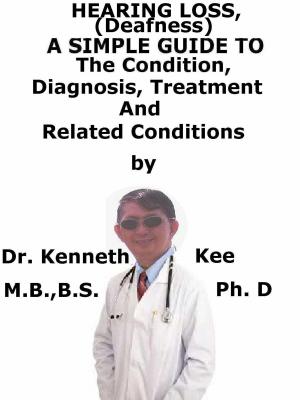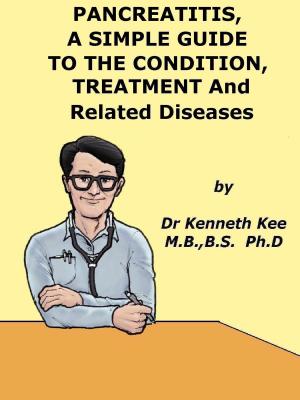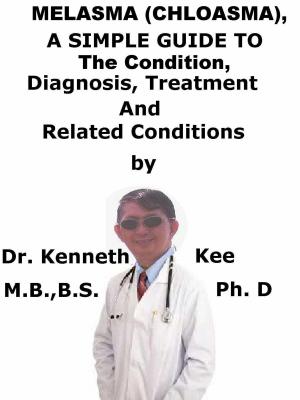Zinc Deficiency, A Simple Guide to The Condition, Treatment And Related Conditions
Nonfiction, Health & Well Being, Medical, Alternative & Holistic Medicine, Diet Therapy, Patient Care, Nutrition| Author: | Kenneth Kee | ISBN: | 9781370915019 |
| Publisher: | Kenneth Kee | Publication: | October 19, 2016 |
| Imprint: | Smashwords Edition | Language: | English |
| Author: | Kenneth Kee |
| ISBN: | 9781370915019 |
| Publisher: | Kenneth Kee |
| Publication: | October 19, 2016 |
| Imprint: | Smashwords Edition |
| Language: | English |
Zinc nutrition deficiency is insufficient availability of zinc in the diet or can be caused by the malabsorption of zinc by the body.
This condition is prevalent in young children, pregnant women, breast feeding mothers, and the elderly.
Zinc plays a vital role in many aspects of the immune system.
It helps in cell division, clotting, healing wounds, DNA synthesis, growth and development of the fetus, and protein synthesis.
The inherent gastrointestinal problems, liver disease, kidney diseases, and certain other conditions and drugs can prevent zinc absorption by the body causing a zinc deficiency.
Although a confirmed diagnosis of zinc deficiency is rare, relative zinc deficiency caused by poor diet, malabsorption or following burns or other trauma is probably common.
Zinc is second only to iron in its concentration in the body.
Zinc is an essential mineral that is important for immune function, wound healing, normal taste and smell.
Zinc also supports normal growth and development during pregnancy, childhood and adolescence.
Zinc is a co-factor in DNA and protein synthesis and cell division.
It is believed to be important in wound healing.
Zinc is an essential trace element responsible for over 300 enzyme functions, can aid in normalizing the negative effects of diabetes mellitus.
Food Sources of Zinc are:
1. Meat,
2. Oysters,
3. Turnips,
4. Peas,
5. Oats,
Zinc is not stored in the body but the body contains 2 to 3 g of zinc (Zn) found mainly in bones, teeth, hair, skin, liver, muscle, leucocytes and testes.
Zinc also plays a role in cell signaling and has been found to influence hormone release and nerve impulse transmission.
Signs of zinc deficiency are:
a. Reduced fertility,
b. Rashes on the skin,
c. Spots on fingernails,
d. Sleep disturbance,
e. Loss of sex drive,
f. Loss of taste or smell,
g. Mild anemia.
Treatment of Zinc Deficiency is based on both treatment of any underlying cause and zinc supplementation.
Zinc deficiency often coexists with other micronutrient deficiencies including iron making single supplements inappropriate
Zinc nutritional deficiency can be treated by taking zinc supplements and increasing intake of zinc through the diet.
Zinc is concentrated in the muscles, bones, kidneys, eyes, liver and also the prostate.
The human body does not produce zinc so it must get it from the foods or a supplement.
The prostate gland has the highest concentration of zinc in the body.
The lack of zinc in older men has been linked to inflammation of the prostate gland known as prostatitis.
The deficiency of zinc has an effect on circulation.
It has been linked to cold hands and feet and high blood pressure
Zinc is so essential that it is required by every cell in the bodies for everything from cell growth to immunity and even for the sense of taste and smell.
TABLE OF CONTENT
Introduction
Chapter 1 Zinc and Its Functions
Chapter 2 Zinc Deficiency
Chapter 3 Prevention of Diseases related to Zinc Dificiency
Chapter 4 Treatment of Zinc Deficiency
Chapter 5 Interesting Facts about Zinc
Chapter 6 Acrodermatitis enteropathica
Epilogue
Zinc nutrition deficiency is insufficient availability of zinc in the diet or can be caused by the malabsorption of zinc by the body.
This condition is prevalent in young children, pregnant women, breast feeding mothers, and the elderly.
Zinc plays a vital role in many aspects of the immune system.
It helps in cell division, clotting, healing wounds, DNA synthesis, growth and development of the fetus, and protein synthesis.
The inherent gastrointestinal problems, liver disease, kidney diseases, and certain other conditions and drugs can prevent zinc absorption by the body causing a zinc deficiency.
Although a confirmed diagnosis of zinc deficiency is rare, relative zinc deficiency caused by poor diet, malabsorption or following burns or other trauma is probably common.
Zinc is second only to iron in its concentration in the body.
Zinc is an essential mineral that is important for immune function, wound healing, normal taste and smell.
Zinc also supports normal growth and development during pregnancy, childhood and adolescence.
Zinc is a co-factor in DNA and protein synthesis and cell division.
It is believed to be important in wound healing.
Zinc is an essential trace element responsible for over 300 enzyme functions, can aid in normalizing the negative effects of diabetes mellitus.
Food Sources of Zinc are:
1. Meat,
2. Oysters,
3. Turnips,
4. Peas,
5. Oats,
Zinc is not stored in the body but the body contains 2 to 3 g of zinc (Zn) found mainly in bones, teeth, hair, skin, liver, muscle, leucocytes and testes.
Zinc also plays a role in cell signaling and has been found to influence hormone release and nerve impulse transmission.
Signs of zinc deficiency are:
a. Reduced fertility,
b. Rashes on the skin,
c. Spots on fingernails,
d. Sleep disturbance,
e. Loss of sex drive,
f. Loss of taste or smell,
g. Mild anemia.
Treatment of Zinc Deficiency is based on both treatment of any underlying cause and zinc supplementation.
Zinc deficiency often coexists with other micronutrient deficiencies including iron making single supplements inappropriate
Zinc nutritional deficiency can be treated by taking zinc supplements and increasing intake of zinc through the diet.
Zinc is concentrated in the muscles, bones, kidneys, eyes, liver and also the prostate.
The human body does not produce zinc so it must get it from the foods or a supplement.
The prostate gland has the highest concentration of zinc in the body.
The lack of zinc in older men has been linked to inflammation of the prostate gland known as prostatitis.
The deficiency of zinc has an effect on circulation.
It has been linked to cold hands and feet and high blood pressure
Zinc is so essential that it is required by every cell in the bodies for everything from cell growth to immunity and even for the sense of taste and smell.
TABLE OF CONTENT
Introduction
Chapter 1 Zinc and Its Functions
Chapter 2 Zinc Deficiency
Chapter 3 Prevention of Diseases related to Zinc Dificiency
Chapter 4 Treatment of Zinc Deficiency
Chapter 5 Interesting Facts about Zinc
Chapter 6 Acrodermatitis enteropathica
Epilogue
